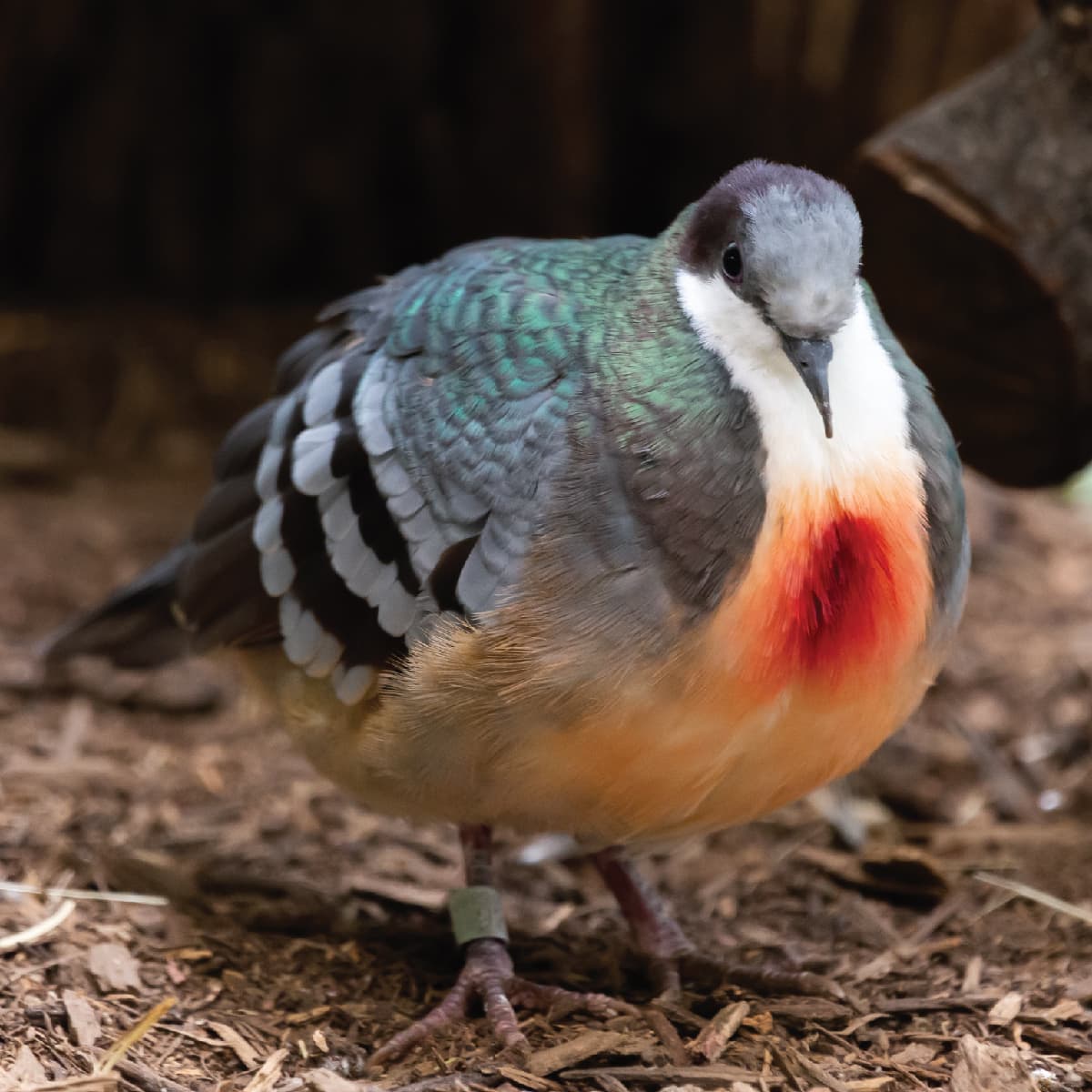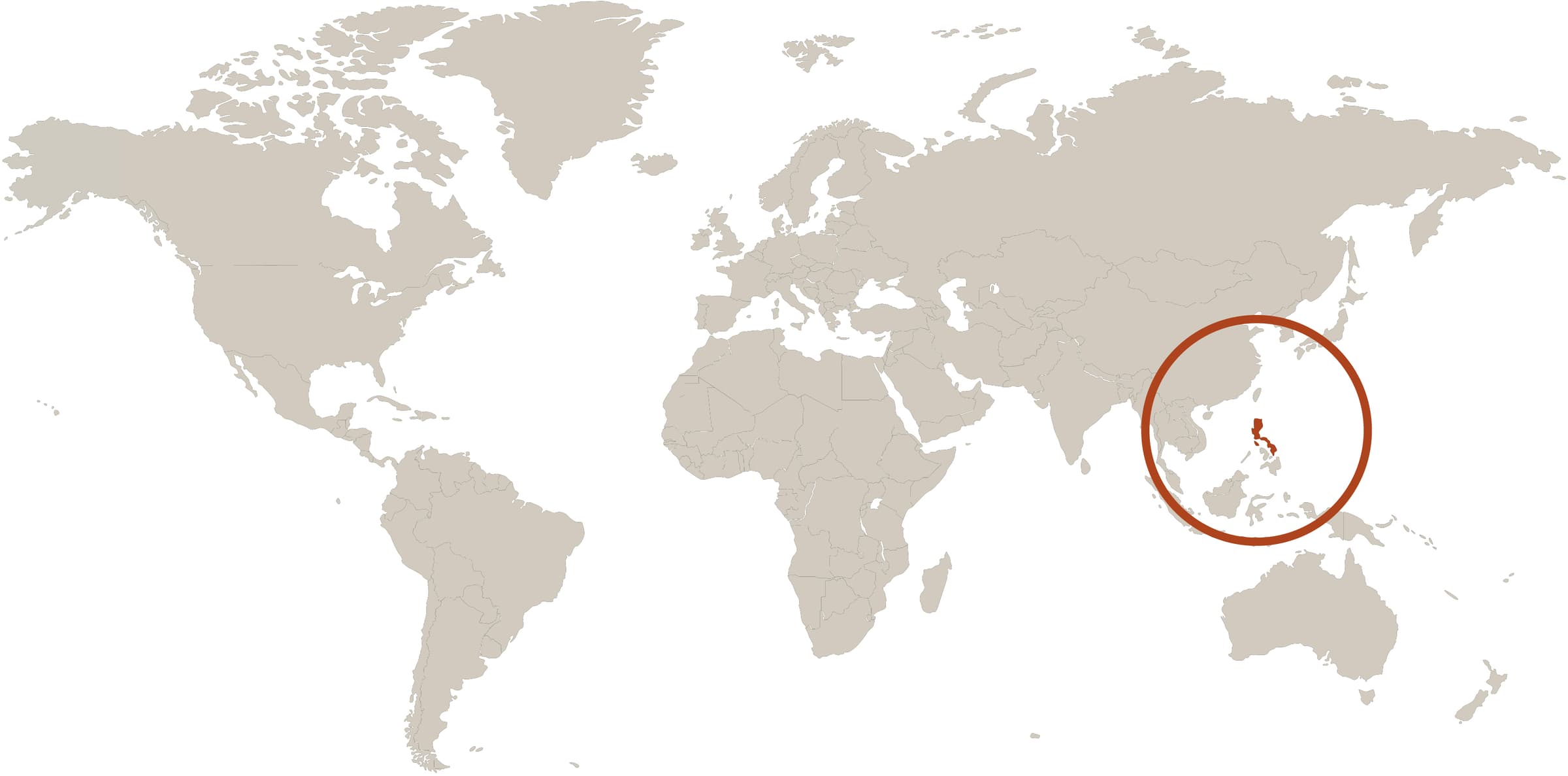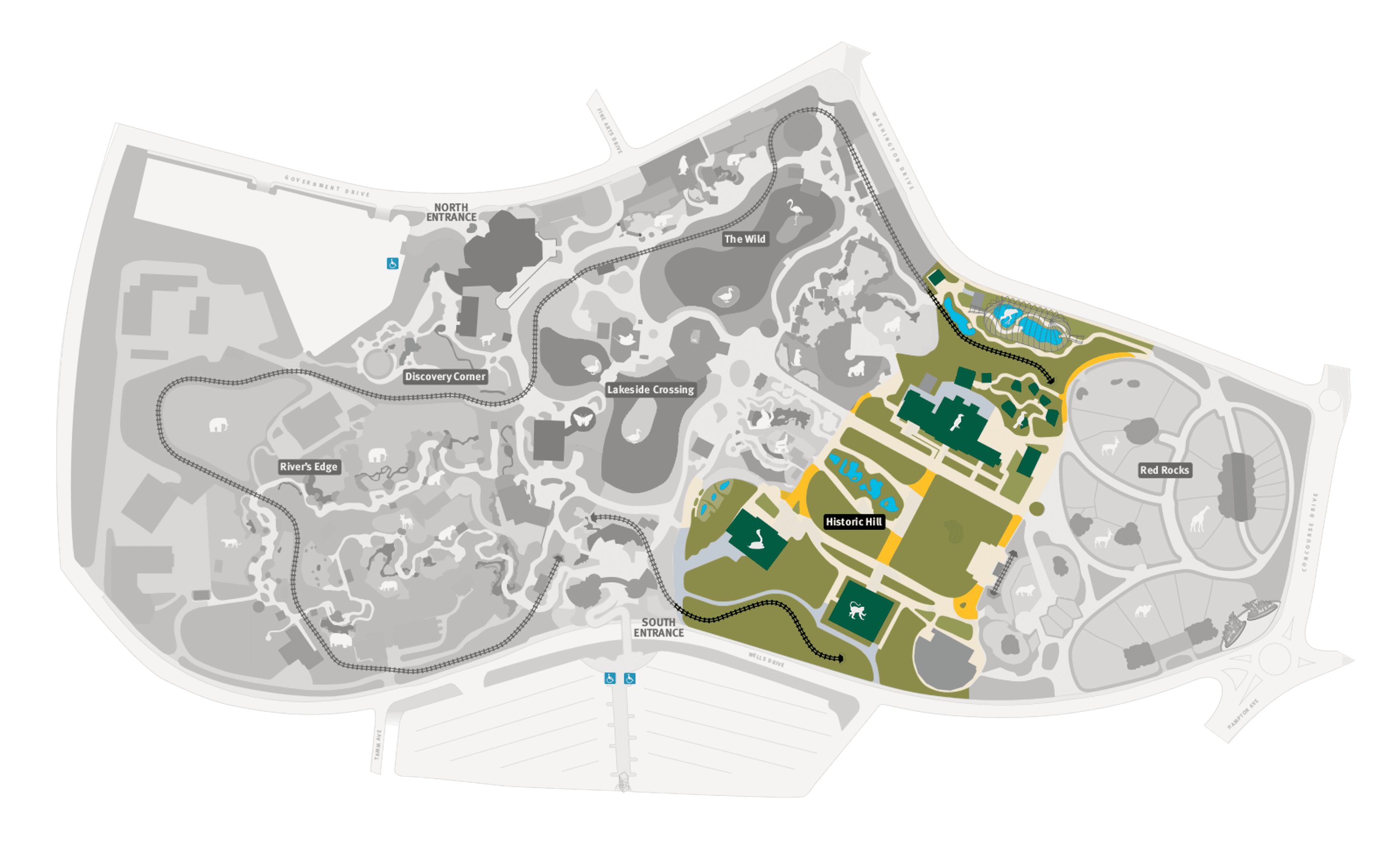
Luzon Bleeding Heart Dove
Gallicolumba luzonica
Did you know?
- Luzon bleeding heart doves are a part of the Columbidae family, which they share with pigeons and other doves.
- Their name is derived from their ruby red chest plumage.
- They live in forests on the islands of Luzon and Polillo in the northern Philippines.
- They are one of five species of bleeding heart doves.
- A female will lay two eggs per clutch.
Ground-dwelling Doves
All five bleeding heart dove species are endemic to the Philippines. They are ground-dwelling birds that spend most of their time hidden at ground level within foliage and vegetation, unless they are nesting; nests are built off the ground. When disturbed, they usually fly only a short distance, then finish escaping on foot. These are shy birds, and they can be difficult to find.
Young and Family
Luzon bleeding heart doves breed in May. Both the male and female take turns sitting on the eggs, and both will produce crop milk. Crop milk is not true milk, which is only produced by mammals. Instead, it is a nourishing substance regurgitated by parents for their young. A female will lay two eggs per clutch in a nest that is at least three feet off the ground. The eggs have an incubation period of about 17 days.
Threat Level
- Unknown
- Common
- Near Threatened
- Threatened
- Endangered
- Critically Endangered
- Extinct in the Wild
Near threatened
The Luzon Bleeding Heart Dove is likely to qualify for threatened category in the near future, perhaps very quickly depending on local development projects such as rainforest logging.
Range
Northern Philippines
Habitat
Primary and secondary forests

We care about Luzon bleeding heart doves.
Luzon bleeding heart doves are greatly affected by habitat destruction. We support these birds in the Bird House at the Zoo. Learn more about how we are helping wildlife around the world: Dedicated to Conservation
Find this animal in Historic Hill

SAINT LOUIS ZOO ZONE
Historic Hill
Historic Hill is a lovely stroll through one of the oldest parts of the Saint Louis Zoo. From the 1904 World’s Fair Flight Cage to the Spanish architectural flavor of the 1920s in the Bird House, Primate House and Herpetarium to the finishing touches of our thoroughly modern exhibits, this area of the Zoo has a unique ambiance and a nostalgic history that make it a great destination.

